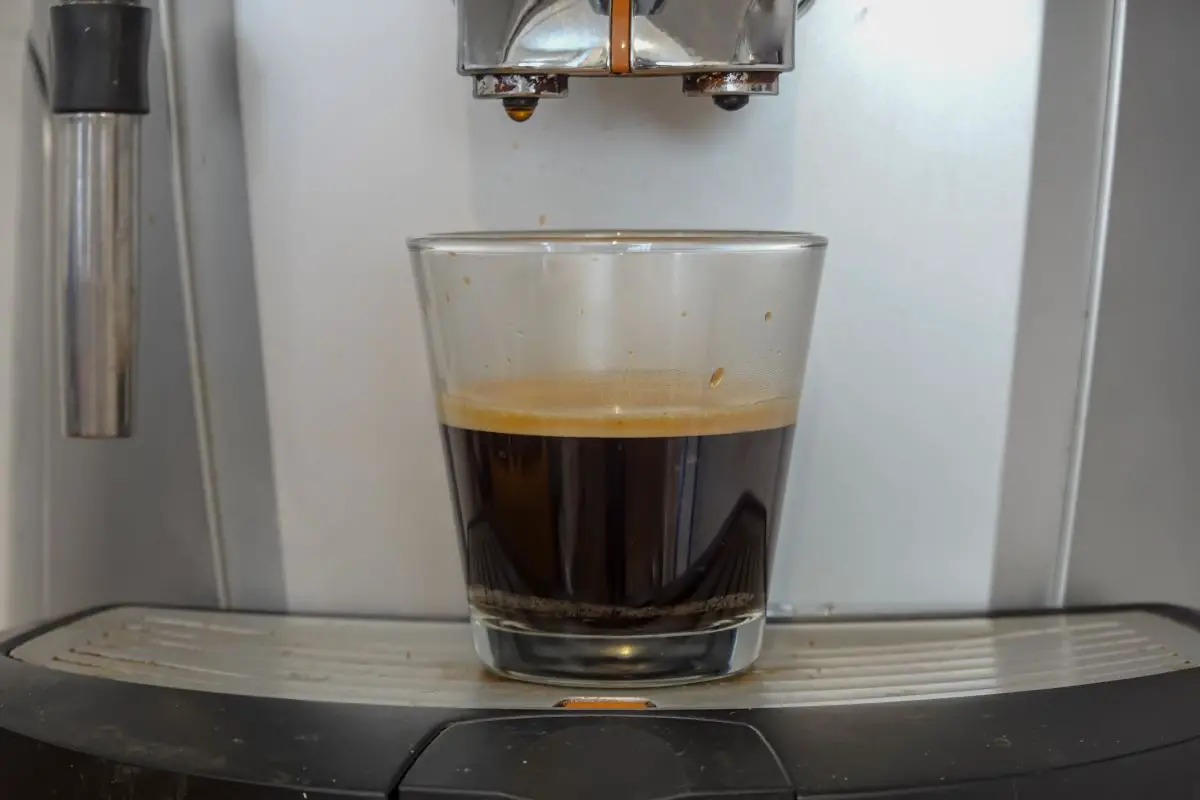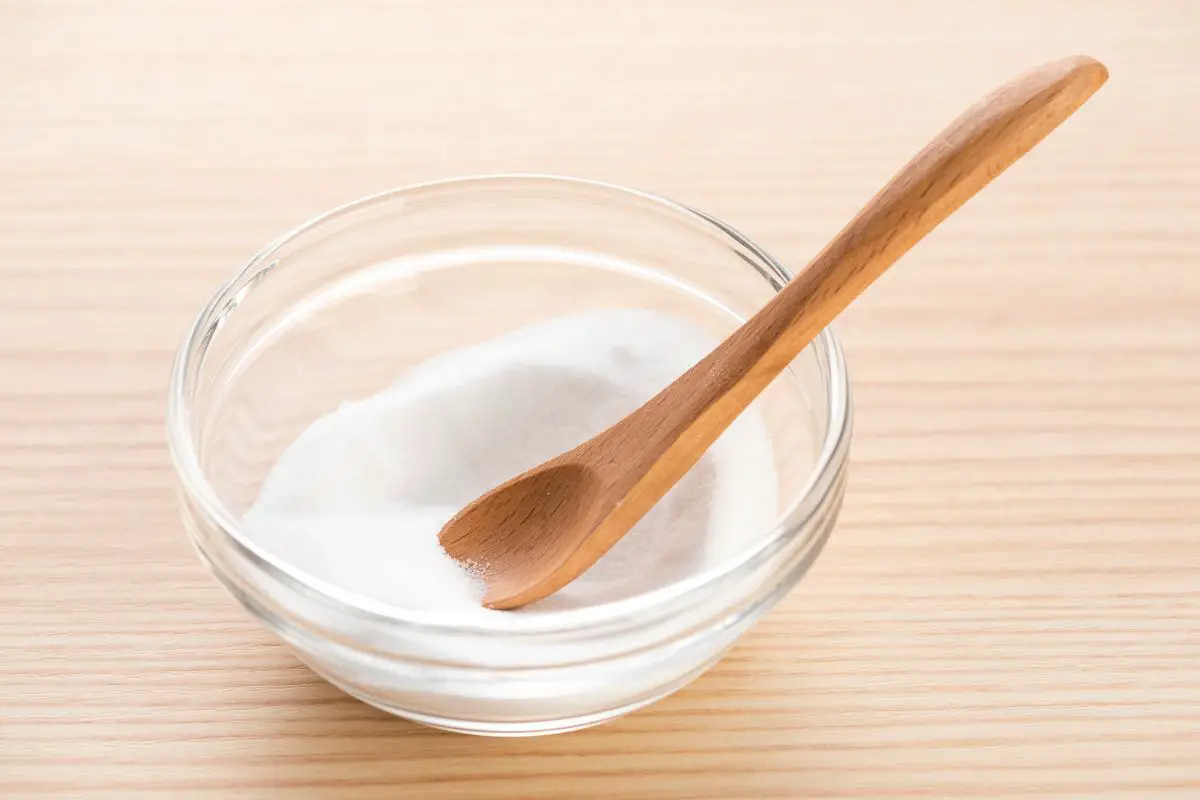If you are a coffee lover, you probably brew and buy a lot of coffee in cafes. It always seems like a good time to enjoy coffee.
You can have it when you wake up, after lunch, or in the evening while relaxing from work. Coffee is also the go-to beverage for most people after a meal or with friends.

Many of us only think of coffee’s aroma, flavor, and appearance when ordering or making it. But have you ever considered the cleanliness of the coffee maker used to brew your coffee?
A dirty coffee machine is one of the things that contribute to flavorless or horrible-tasting coffee. That and the use of bad coffee beans, of course!
Excellent coffee brewing starts by buying a good quality coffee maker and keeping it in good condition by cleaning it well.
The Dangers of a Dirty Coffee Maker
You may rinse your coffee machines with hot water and feel it’s clean enough to brew coffee, but it’s not.
Some people think the fact that coffee is made using hot water is enough to keep harmful bacteria at bay. No. Like other things in our lives that harbor germs from frequent use, such as mobile phones and remote controls, coffee machines are full of harmful microbes.
Your coffee maker could contain molds, rancid coffee oils, yeast spores, or bacteria that will get you sick. These microbes also alter the flavor of coffee, giving it a funny taste.
The water you use to brew your coffee could contain minerals that can leave limescale, calcium, and magnesium deposits in your coffee maker.
These deposits can clog your coffee machine, preventing it from brewing coffee at the correct temperatures and giving it a bitter taste.
You may have a coffee maker that has an indicator light that tells you when to descale your coffee maker. Or you’ll notice some mineral deposits on the sides of the water reservoir or carafe that look like white residue. These are signs you need to clean or descale your coffee maker.`
Cleaning your coffee machines often is the best way to keep harmful bacteria from your brew and get the best-tasting coffee. Descaling it at least once every month will also eliminate any mineral build-up.
A cleaning product that works wonders when it comes to cleaning coffee machines, disinfecting them, and descaling them is citric acid. It is also excellent for removing stains and getting rid of rust.
Some people also use citric acid to make products such as scented bath bombs and water softeners.
What is Citric Acid?

Citric acid is made from citrus fruits such as lemons, oranges, and limes. Some manufacturers use a black mold to make synthetic citric acid from cornstarch. It was first produced in the 1700s by a Swedish scientist and has been used since then as a food preservative, cleaning product, and in medicine.
You can buy citric acid from health stores, grocery stores, or online. It will not leave a funny taste in your coffee machine like some commercial descaling products.
The FDA has approved the use of manufactured citric acid. You don’t have to worry that it will harm you. In fact, it is a safer product to use than most commercialized cleaners.
Using citric acid to clean or descale a coffee machine is pretty straightforward. Here is the procedure.
How To Descale Your Coffee Maker With Citric Acid
What you need:
Food grade citric acid
Water
Procedure
- Dilute the citric acid in water by mixing 2 teaspoons of citric acid powder in a quart of water, or 1 tablespoon for every gallon of water.
- Does your coffeemaker have a descaling cycle? If so, add the citric acid solution and run the descaling cycle.
- If your coffee machine doesn’t have a descaling cycle, clean out any coffee ground remains from the filter basket and clean it manually with soap and water.
- Pour the citric acid solution into your clean coffee maker reservoir and put your coffee machine on the brewing cycle.
- Turn off the machine after 2 minutes and let the citric acid solution soak in the coffee machine for an hour.
- Run the coffee machine for one more brewing cycle and pour out the descaling solution once the cycle is complete.
- Rinse the coffee machine by running water through your coffee machine for three brewing cycles.
- Wipe your coffee machine surface using a microfiber cloth and warm soapy water too.
- Your coffee machine is now ready for coffee brewing.
Watch out for citric acid’s corrosive properties, ensuring you dilute it effectively and use cleaning gloves when using it.
You should also rinse your coffee machine properly using clean water to eliminate any citric acid left behind during descaling.
Note that Using citric acid regularly can also create a build-up in your coffee machine. You should avoid this by using another non-toxic, natural descaling solution such as vinegar, lemon juice, and baking soda after using citric acid a couple of times.
Conclusion
Now you know how much citric acid to use when descaling your coffee machine and how to use it.
You’ll find that most commercial coffee machine cleaning products contain citric acid too. But citric acid is a much cheaper option, and it’s just as effective as them. It also doesn’t leave a bad smell behind like some products.
It doesn’t take long to clean a coffee maker using citric acid. You can do it once every month or every two weeks, depending on how often you use your coffee machine.
Citric acid is a safe and inexpensive product to use on your coffee maker, and it cleans and descales it.
It’s one of the must-have cleaning products you should have at home for cleaning your coffee machine and other uses around the home.
You can also use a synthetic coffee cleaning product to keep your coffee machine free of any chemical build-up.
Regularly cleaning your coffee machine will make a world of difference in how your coffee tastes. It will also increase the lifespan of your coffee maker.
Related Articles